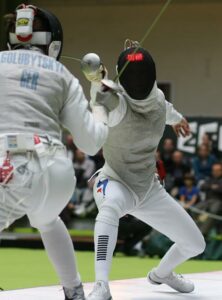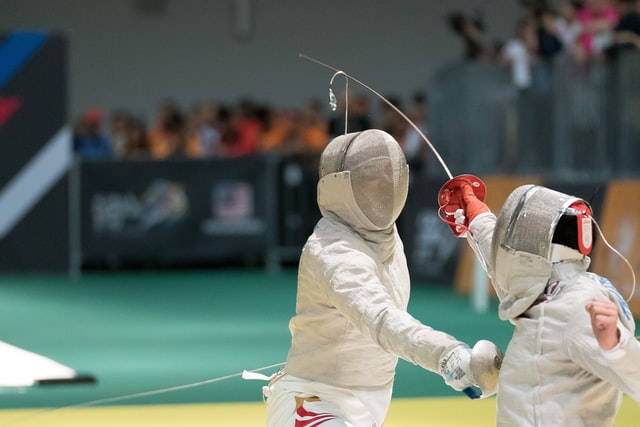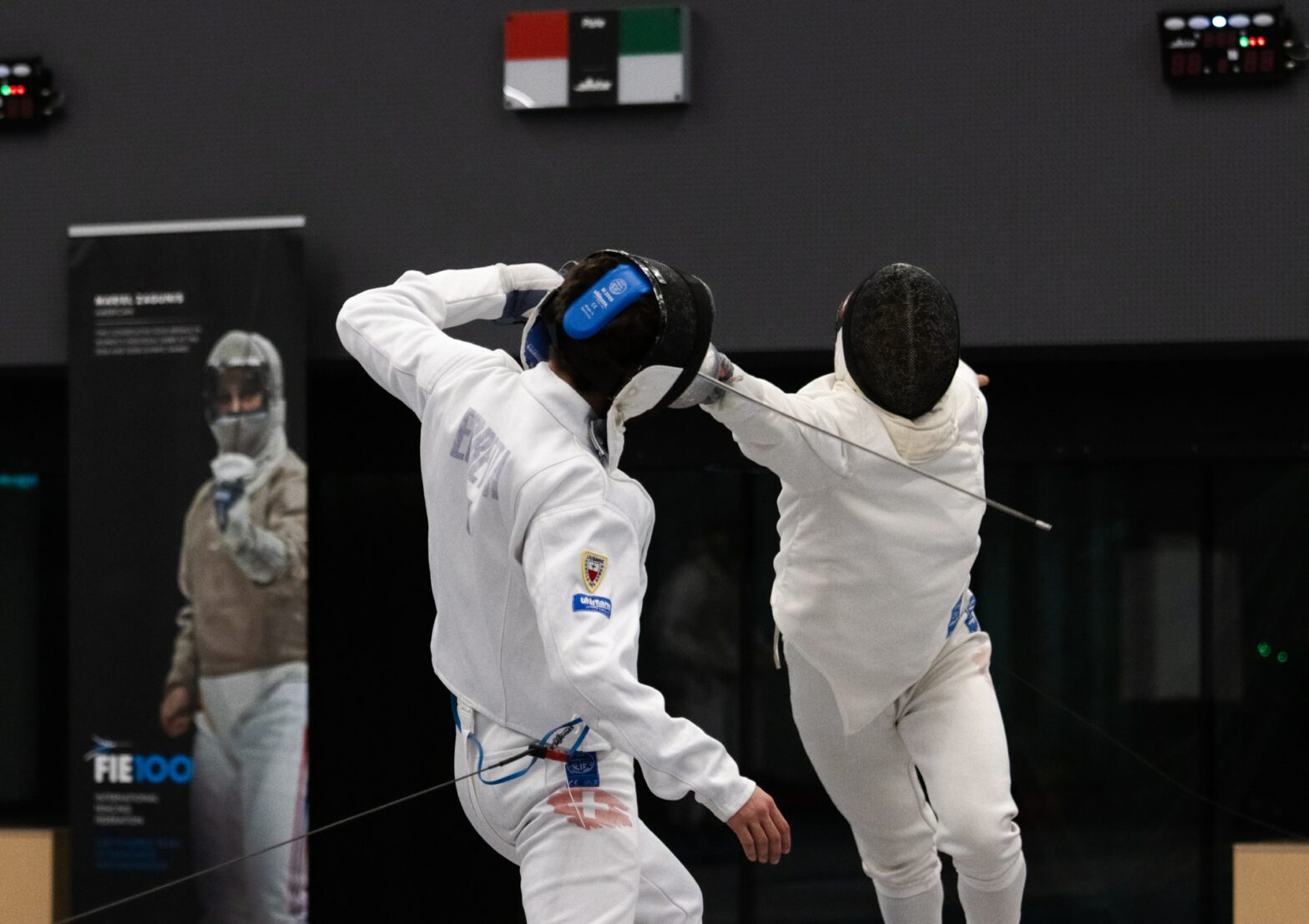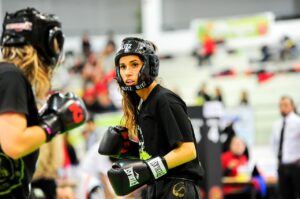We might not know that some sports exist, we don’t see them pop up online on registrarse.mx, but we hear of them or even see glimpses of them on television. We think that these sports are just for show and we shake our heads in disbelief at how something that looks like dancing, can be a sport.
Combat sports and other similar sports are frequently frowned upon by people who have little to no knowledge about a sport. Fencing is a rather famous competitive sport, one that has been present on every single modern Olympic Games, since the very first in 1896.
Competitive fencing is indeed a competitive and interesting sport and it has three main disciplines. Here is what you need to know about the disciplines and competitive fencing.
Foil
Foil is a discipline where you can only target a single part of the body and that would be the chest. Anything else you hit doesn’t count as a point but stops the action. Foil blades are around 500 grams of weight, maximum, and they are extremely flexible.

Men’s, women’s and team men’s and women’s foil are the competitive disciplines in the Olympics and other fencing competitions, like the Major fencing events. Foil is one of the three disciplines, one of the standard ones and among the disciplines, the hardest and easiest. Hardest because you can only hit the chest and easiest because you only have to defend the chest.
Only the tip of the blade counts as a scoring part of the blade.
Epee
Epee is the most versatile of the three fighting styles. Epee uses a similar blade to the one in foil, however, it can be heavier, up to a total of 775 grams. That doesn’t seem like much, but swing it fast for ten minutes and your wrists will be in pain, not to mention your shoulders and other body parts.
Epee differs from foil in the following fashion, the entire body is a viable target for scoring. Anything from head to feet is viable, but there is a condition. You can only strike and gain valid points by using the tip of the blade. So, like foil, it is a thrusting type of fencing.
Sabre
Sabre is the third fencing discipline, and probably the most balanced of the three. Sabres can be up to 500 grams of weight but there is a catch. Sabres can be used with the body and with the tip, as is expected, because a real sabre would be sharp on all sides.
The entire body is not a viable target like in epee, but the upper part of the body is. The only part of the upper body that doesn’t count as a point are the hands.

Tournaments and Competitive Fencing
Fencing gets scored on an annual basis. You retain your score from a couple of years ago and you can qualify based on that, if the previous year wasn’t better than the one from three years ago. That being said, there are also age qualifications, anything from 16 to 70+.
There is protective gear for the entirety of the body and scoring is done by using electrical equipment that is attached to the body. Fencing is done on a piste and there is a lot of back and forward movement.
There are also penalties in fencing, for both the fencers and even the crowd, although the crowds get penalised more often than the fencers.
Competitive fencing is a sport that is practised all over the world and that contains the events mentioned above. It is fierce and fast and very difficult.


